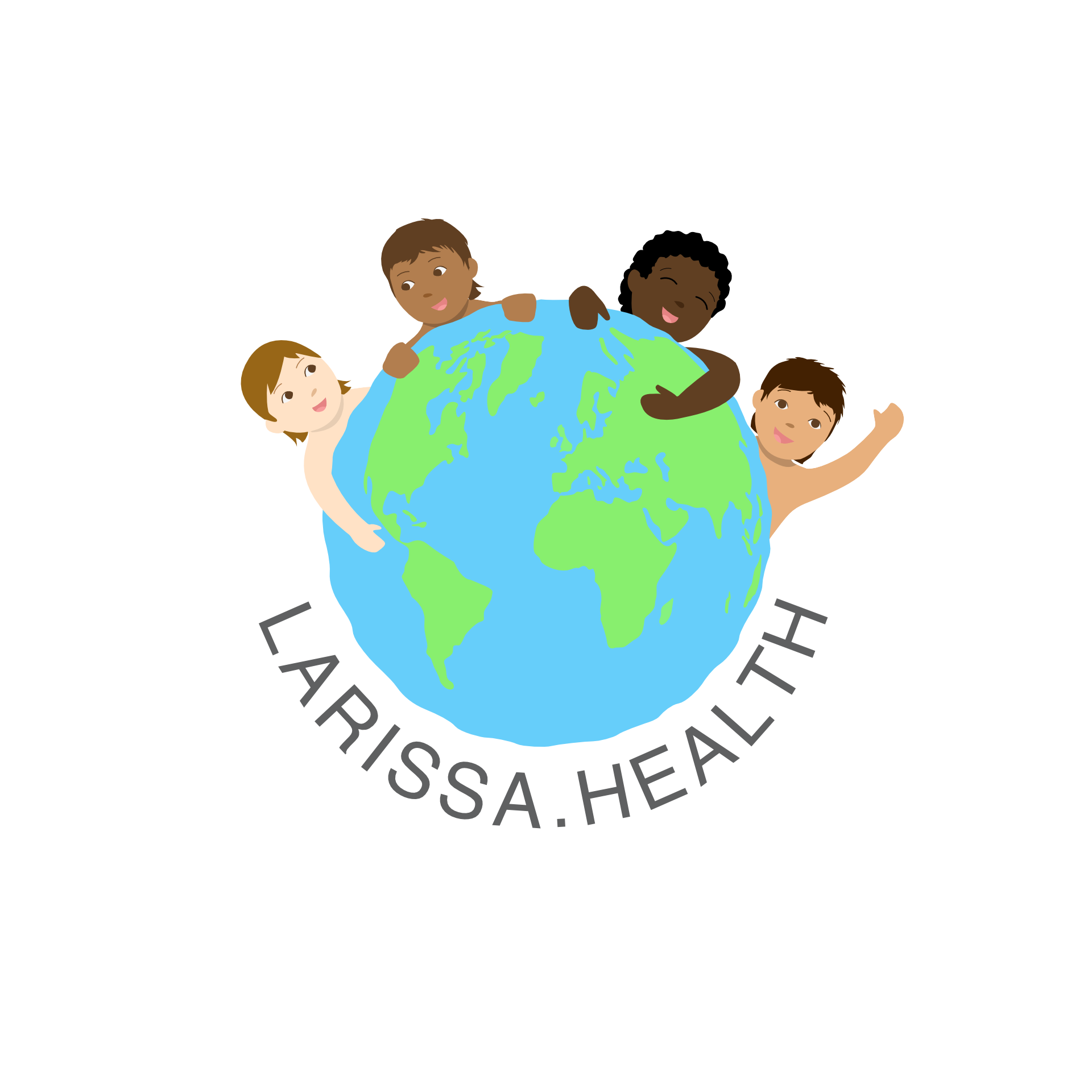Recognizing Warning Signs of Streptococcus Infections
Spot a pre-cursing virus of Scarlet fever. Identify the seven key symptoms of Streptococcus infections and the importance of timely treatment for a swift recovery in children.
Streptococcus infections are among the most common in childhood, particularly affecting children up to seven years of age. These bacteria spread rapidly and can persist in the human body for an extended period, with infected individuals remaining contagious for up to three weeks. The incubation period for a Streptococcus infection is typically extremely short, ranging from two to four days. There are several characteristic symptoms that may indicate the presence of this illness.
 Image by CDC
Image by CDC
Streptococcus bacteria are spherical in shape and are usually arranged in chains and pairs. They form part of the skin and mucosal flora, colonizing areas such as the intestines, mouth, and throat. However, Streptococcus bacteria can also cause diseases. Group A Streptococcus (Streptococcus pyogenes), for example, is responsible for acute infections in the upper respiratory tract, including middle ear, sinus, throat, or tonsil inflammation, and can trigger the childhood illness scarlet fever. The following typical symptoms often accompany an infection:
- Chills
- High fever
- Nausea
- Vomiting
- Facial redness
- Skin rash
- Sore throat
When it comes to treating a Streptococcus infection, the disease is spread through droplet transmission and is contagious. Medications, such as penicillin, are often used to treat the infection. An infected individual can be considered non-contagious 24 hours after starting penicillin treatment. However, patients should still be isolated as a precaution. Although Streptococcus infections can generally be treated quickly, the body may require a significant amount of rest, depending on the specific symptoms and the course of the disease.
It is crucial to remember that this article only provides general information on the topic of Streptococcus infections and should not be used for self-diagnosis, treatment, or medication. This information is not a substitute for a visit to a medical professional. Our editors cannot answer individual questions about specific disease symptoms or medical conditions.
Streptococcus infections are common among young children and can cause a range of symptoms, from chills and high fever to skin rash and sore throat. Recognizing these warning signs can help ensure that infected individuals receive prompt medical attention and treatment, reducing the risk of complications and promoting a swift recovery. It is essential to consult a healthcare professional if you or your child exhibit any of these symptoms, as timely intervention can make a significant difference in the outcome of the infection.
Source: Vita-24





